|
|
|
|
|
|
|
|
|
|
 |
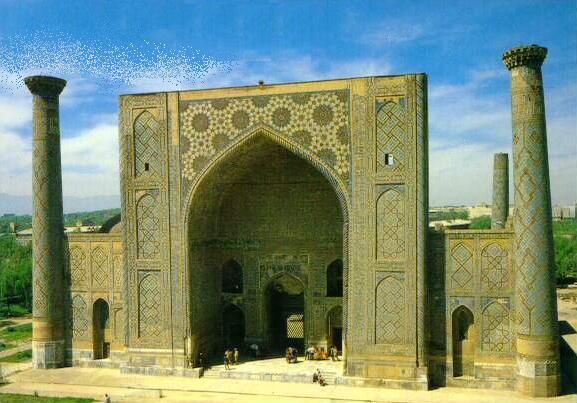 |
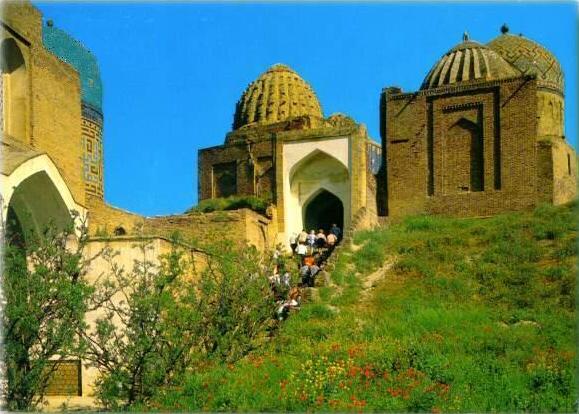 |
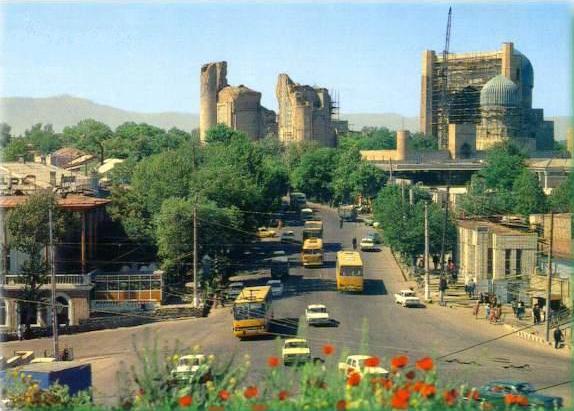 |
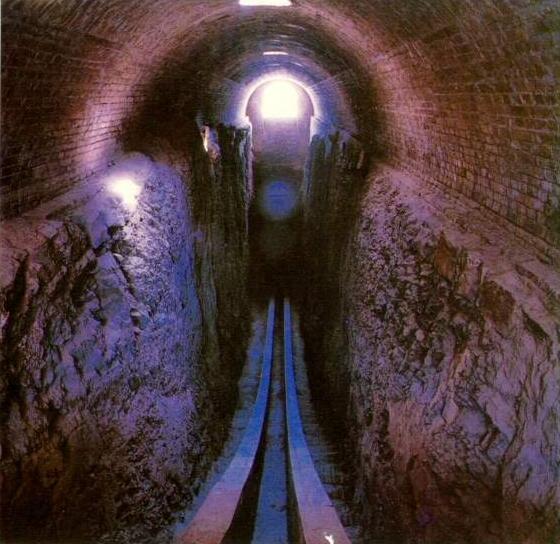 |
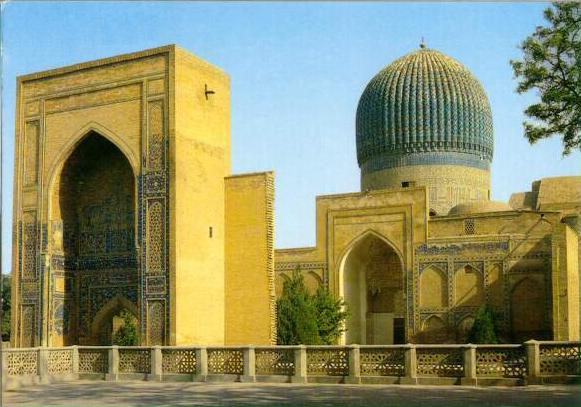 |
| The gigantic congregational mosque
north-east of the Registan, powerful and
shapely even in ruins, was finished
shortly before Timur's death, and must have been
the jewel of his empire. It is a victim
of its own grandeur; once one of the Islamic world's biggest mosques
(the main gate alone was 35 metres
high), it pushed construction techniques
to the limit. Slowly crumbling over
the years, it finally collapsed in an
earthquake in 1897.
According to legend this was the brainchild of Temur's Chinese chief wife Bibi-Khanum, who meant to surprise him with a colossal monument on his return from his 1389-99 Indian campaign. But the architect who was in charge in construction of that mosque fell madly in love with her and refused to finish the job unless he could give her a kiss. The smooch left a mark and Timur, on seeing it, executed the architect and degreed that women should henceforth wear veils so as not to tempt other men. The reality was scarcely less prosaic. The mosque was Temur's own idea and was to be grander than anything he had seen on his travels. It was built 1399 and 1404 by 500 laborers and 95 elephants brought back from India, 200 architects, artists, master craftsmen and masons from the rest of the empire. The Bibi-Khanum complex had been completed in an almighty rush and started crumbling even before Timur's death the following year. A17th century earthquake destroyed more than half of it and another in 1897 left cracks in the main dome, already hit by a Russian shell in 1868. Lay-people stopped praying here for fear of falling masonry. |

|
E-mail: marakand@online.ru